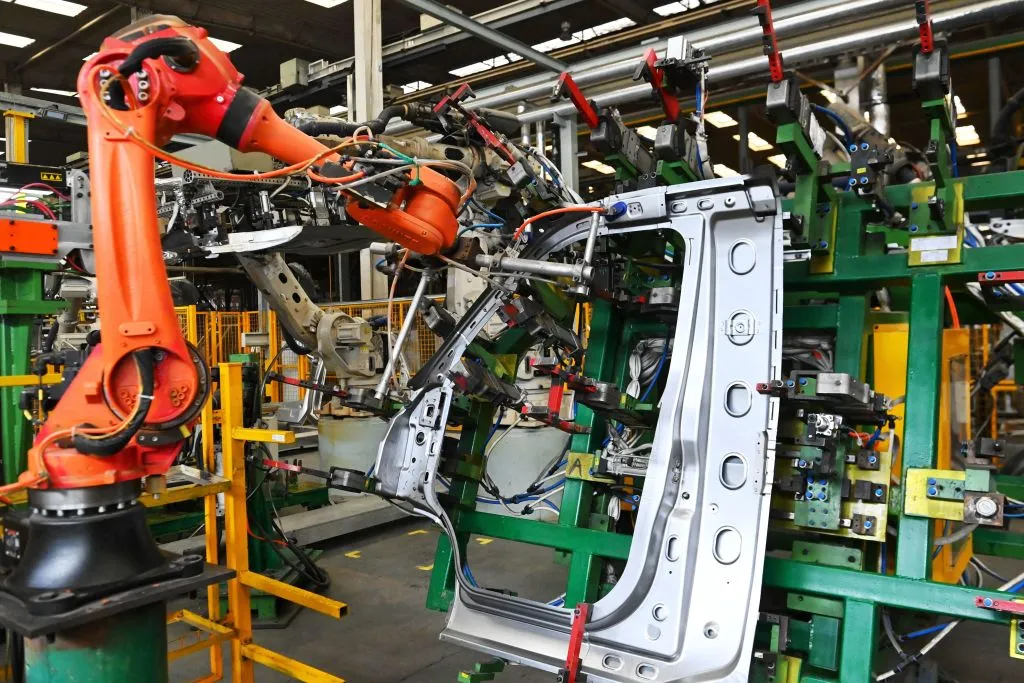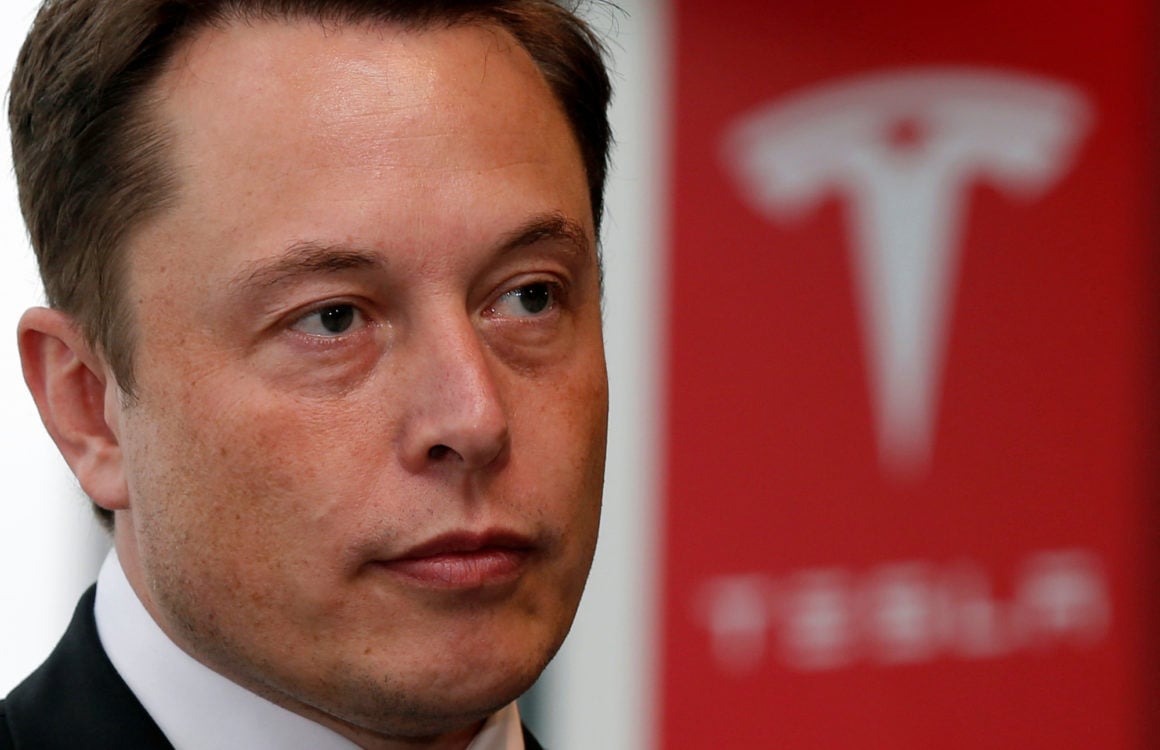Mercedes, Tesla, and BMW’s Humanoid Robots Raise Factory Job Security Concerns

Automakers are implementing use of humanoid robots in their factories. Is this a risk for the workforce? l Credit: CFOTO/Future Publishing
Key Takeaways
- Car makers like Mercedes, BMW, and Tesla are increasingly adopting humanoid robots in factories.
- These robots can automate repetitive, physically demanding tasks like part delivery and inspection.
- But labor unions are concerned about the impact of robots on job security, particularly for low-skilled workers.
Mercedes, has forged an agreement to trial humanoid robots developed by Austin, Texas-based Apptronik in its factories. This partnership aims to explore the integration of robots alongside human workers, in an attempt to streamline manufacturing processes and address staffing challenges.
However, Mercedes is not alone in adopting humanoid robots within its production facilities. While this move holds promise for efficiency gains, experts raise concerns about the potential impact on the existing human workforce.
Mercedes To Use Humanoid Robots
In the initial phase of the pilot program, Apptronik ‘s humanoid robots will automate tasks characterized as “low skill, physically demanding, manual labor.” Among these robots is Apollo , a bipedal model standing at five feet eight inches tall. It weighs 160 pounds and boasts a lifting capacity of up to 55 pounds. Its design resembles a more approachable variant of Tesla’s Optimus. But Apollo was specifically engineered to collaborate with human counterparts within industrial settings.
While Mercedes and Apptronik continue to explore potential applications for these robots, early indications suggest they may initially be deployed for tasks such as part delivery and inspection.
The specific quantity of robots slated for deployment remains unknown. Yet, reports indicate ongoing trials at Mercedes’ Hungarian factory. Hungary, a manufacturing stronghold for several automakers, has faced labor shortages as workers relocate to Western Europe
Jörg Burzer, who oversees production at Mercedes, said : “This is a new frontier. And we want to understand the potential both for robotics and automotive manufacturing to fill labor gaps in areas such as low-skill, repetitive, and physically demanding work and to free up our highly skilled team members on the line to build the world’s most desirable cars.”
Tesla And BMW Are Already Using Robots
Mercedes joins a growing trend among automakers in employing humanoid robots within their factories, a trend likely to continue. Earlier this year, BMW revealed its collaboration with California-based Figure to assess the efficacy of its robots. BMW’s Spartanburg, South Carolina, facilities are currently utilizing Figure’s 01 robot to tackle manufacturing tasks deemed “difficult, unsafe, or tedious.” This mirrors Mercedes’ and Apptronik’s intentions.
Although BMW hasn’t disclosed the initial deployment scale of Figure 01 models, nor the specific tasks the robots will undertake, Figure has confirmed it will start with five tasks, to be introduced gradually.
In a parallel development, Tesla has advanced its own humanoid robot, Optimus, which is now poised for field tests within factory environments, as indicated by the company’s recent job postings .
Tesla is actively seeking talent to support the development and testing of Optimus. Elon Musk’s company posted over 60 job offers related to the project. Among these, there are positions like Technical Program Manager for the Tesla bot team. This signals Tesla’s readiness to propel Optimus into real-world manufacturing scenarios.
Is Traditional Work At Risk?
Labor unions have emerged as vocal opponents of the proliferation of humanoid robots, viewing it as yet another instance of companies prioritizing cost-cutting measures over preserving jobs amidst the expanding landscape of automation. Statistics revealed that between 60% and 70% of workers in the US already face exposure to artificial intelligence. This trend shows no signs of slowing down as companies seek to trim expenses.
Last year’s surge in American labor activism highlighted a unified push to protect workers from the perceived risks of automation and AI. Entities like the Screen Actors Guild, the American Federation of Television and Radio Artists, and the Writers Guild of America called for regulatory controls on artificial intelligence. Simultaneously, the United Auto Workers sought to bolster job security in an industry heavily dependent on robotic technologies.
At the annual CES convention held in January, several startups unveiled an array of robotic innovations. These include robotic masseuses and baristas, sparking apprehension among attendees.
Nevertheless, transitioning to a fully automated factory presents challenges beyond the surface. One significant hurdle lies in the inherent limitations of robots, particularly in areas such as creative thinking and problem-solving.
In essence, while robots offer unparalleled efficiency and precision in certain tasks, they still rely heavily on human intervention and ingenuity to navigate unforeseen challenges and ensure optimal performance.


